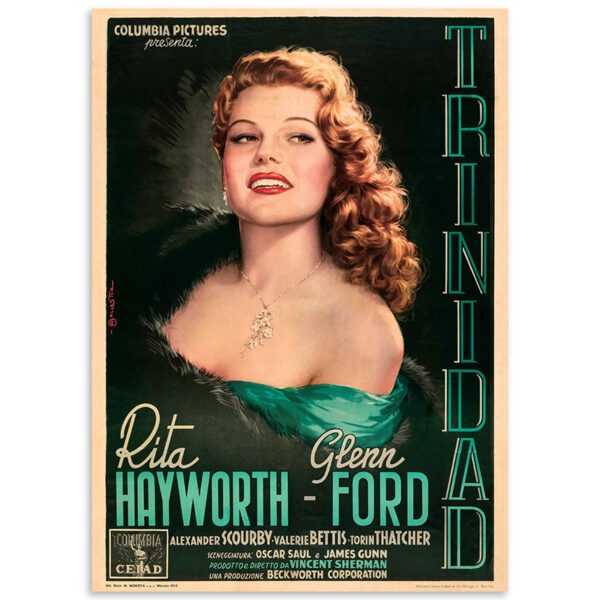We are currently on the road and products from the shop will be unavailable until July 30. See you when we get back!
$20.00
Read more
Rita Hayworth made her comeback to Columbia Pictures in Affair in Trinidad, a film noir released in 1952. Celebrate the nostalgia of the Golden Age of Hollywood by hanging the Asgard Press poster sized reproduction of this classic theater poster in your home or office space.

